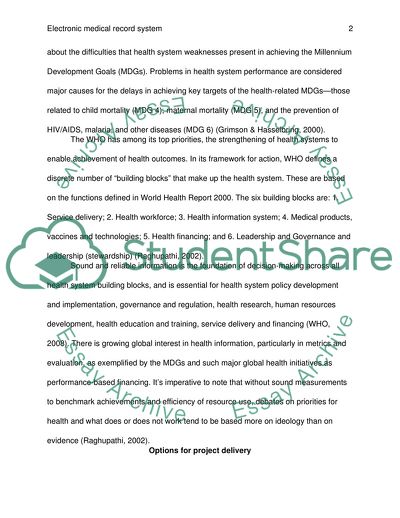Cite this document
(Electronic Medical Record System Case Study Example | Topics and Well Written Essays - 2000 words, n.d.)
Electronic Medical Record System Case Study Example | Topics and Well Written Essays - 2000 words. https://studentshare.org/information-technology/1771960-electronic-medical-record-system
Electronic Medical Record System Case Study Example | Topics and Well Written Essays - 2000 words. https://studentshare.org/information-technology/1771960-electronic-medical-record-system
(Electronic Medical Record System Case Study Example | Topics and Well Written Essays - 2000 Words)
Electronic Medical Record System Case Study Example | Topics and Well Written Essays - 2000 Words. https://studentshare.org/information-technology/1771960-electronic-medical-record-system.
Electronic Medical Record System Case Study Example | Topics and Well Written Essays - 2000 Words. https://studentshare.org/information-technology/1771960-electronic-medical-record-system.
“Electronic Medical Record System Case Study Example | Topics and Well Written Essays - 2000 Words”. https://studentshare.org/information-technology/1771960-electronic-medical-record-system.


